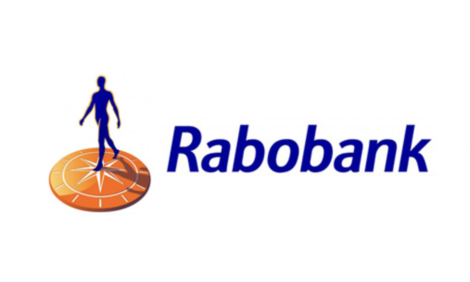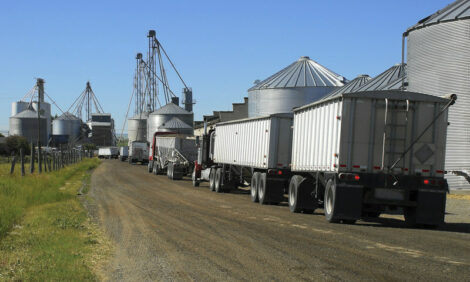Feed industry could help lop 2p-3p off cost of production
UK - Despite many years of improving genetics, welfare-friendly production systems and higher health status, the UK pig industry still remains relatively fragmented with insufficient effective links in the supply chain, says Tony Suckling, BOCM PAULS director of pig marketing, this year's holder of the prestigious RAC/Natwest Pig Research Fellowship.
|
Need a Product or service?
|
|
National
Pig
Association
THE VOICE OF THE UK PIG INDUSTRY
NPA is active on members' behalf in Brussels & White-hall, and with pro-cessors, supermarkets & caterers – fighting for the growth and pros-perity of the UK pig industry. |
"The industry has continued to experience many changes over the past 12 months, with further rationalisation in the production, processing and supply sectors although, encouragingly, structural imbalances are gradually being neutralised.
"However, there are still significant challenges to be resolved before the imbalance of profitability down the supply chain from retailer to processor, producer and the supply industry is resolved," he said when he presented his Fellowship report at the Royal Agricultural College.
"The pig feed industry is by far the largest supplier into the production sector and has control over the highest cost element in producing a pig. However, the fragmentation that still exists affects the ability of many sectors of the industry to be as efficient as they could be."
This argument, as it applies to feed supply, is one of the key findings of Tony Suckling's report: "The potential for mechanical engineering to influence major reduction in feed cost".
"There are a number of opportunities for pure mechanical engineering to have a major influence on reducing feed production costs that have yet to be implemented. The need to exploit these opportunities is greater today than ever before, following several years of low profitability in the pig sector.
"But firstly we must look at what other changes can enable us to make current systems more efficient and what capital will be required to implement any investments in technology," he said.
"Our most immediate opportunities lie in the areas of closer collaboration through a more integrated supply chain partnership between raw material suppliers, feed manufacturers, pig producers, processors and retailers," he said.
"Without this much-needed collaboration, the UK pig industry will not thrive and achieve the synergistic benefits available from a more joined-up approach to the food production chain.
"Within this more collaborative, integrated approach, there are significant and immediate opportunities which require little investment other than discipline. These include a reduction in product complexity and, with veterinary support, a reduction in the number of prescribed variants of a generic product. This would result in fewer product lines, thereby increasing production run lengths and reducing costs.
"Help from customers in giving extended order lead times would allow raw materials supply and stock rationalisation to be economically flexed and would support a more effective scheduling of deliveries. A 24-hour delivery pattern would also enable transport costs to be reduced through the more efficient delivery scheduling and truck usage. Whole-chain partnerships can also avoid repetition of auditing within the traceability chain.
"None of these factors need cost anything other than effort, organisation, discipline and a positive attitude of collaboration," he said. "The financial value of savings in these areas alone could be as much as 2p-3p per kilogram deadweight on the cost of production, but it will only be available if critical mass is reached. This could lead to a potential saving of 318- 322 million per annum to the industry.
"The savings resulting from a more collaborative, cohesive and 'relationship-driven' supply chain are significant. The 2p-3p per kilogram savings relating to the feed element of the cost structure represents a significant proportion of the efficiency targets outlined in the BPEX strategy.
"These savings are real, achievable and within reach of most, if not all, pig producers in this country. Many of the benefits of the approach proposed in this report are already in operation in many countries, some of whom compete fiercely with UK producers. We must not let the threat of competition stop us understanding what our customers want and finding solutions to meet their requirements. To do nothing is not an option," he said.
Full copies of Tony Suckling's Fellowship report are available from the Royal Agricultural College, Cirencester, Glos., GL7 6JS at 315 per copy including postage.
Source: National Pig Association - By Digby Scott - 10th November 2003

















